Power-Up Rhythm and Timing in Physical Education Activities
Gopher PE
OCTOBER 26, 2023
Due to a variety of factors including less opportunity for physical activity throughout the day, more seated classroom time, and fewer foundational motor experiences (swinging, climbing trees, jumping rope, building forts, and kicking the can in the alley), children’s fundamental motor skills are on the decline ( Brian et al.,


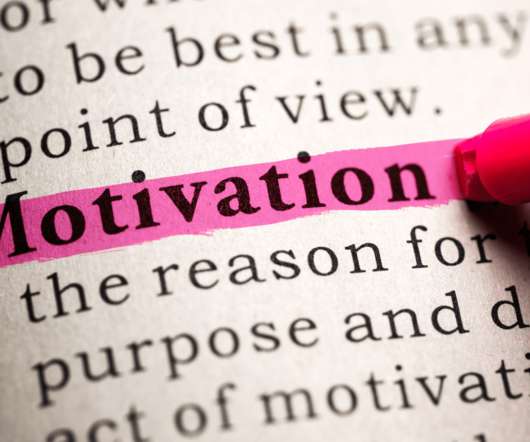
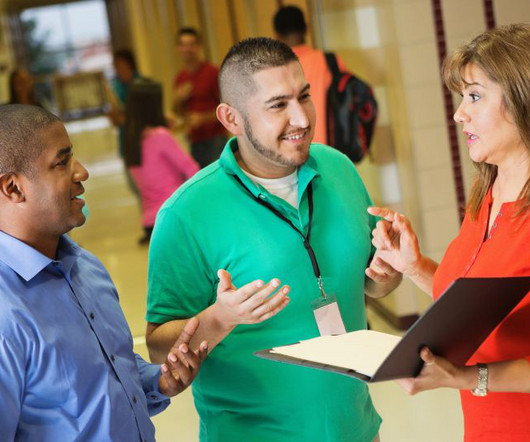
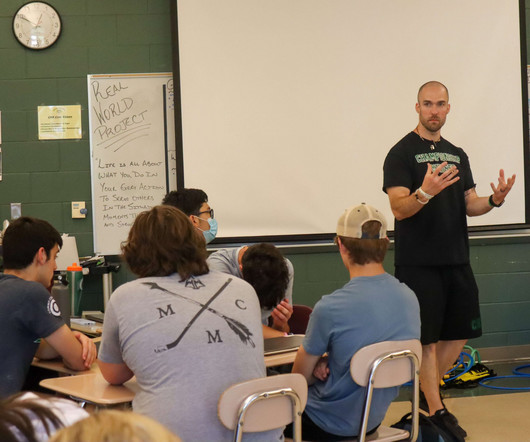
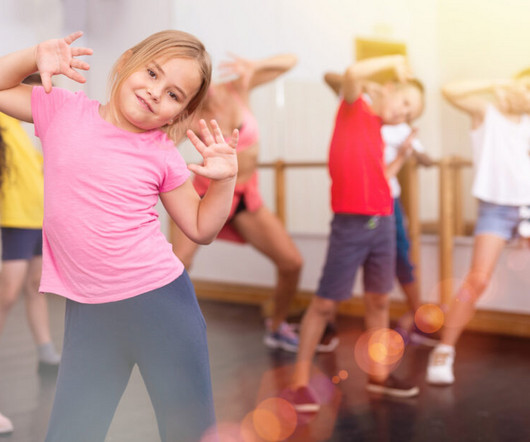
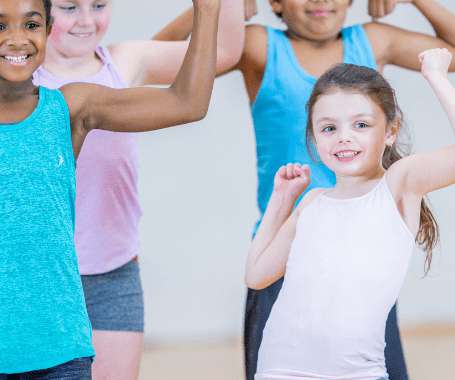
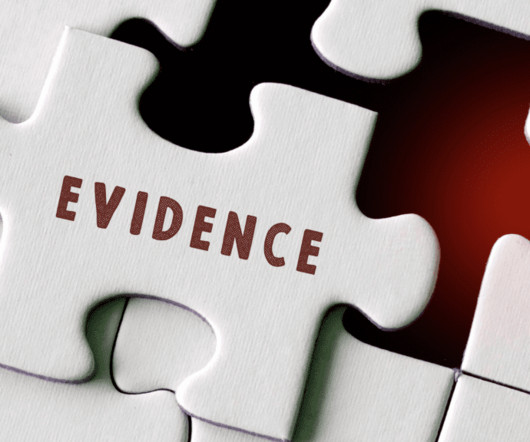
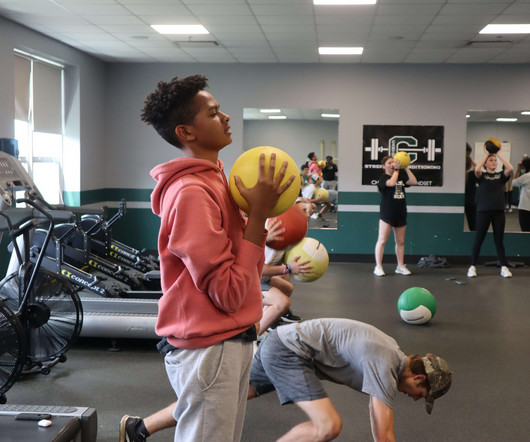
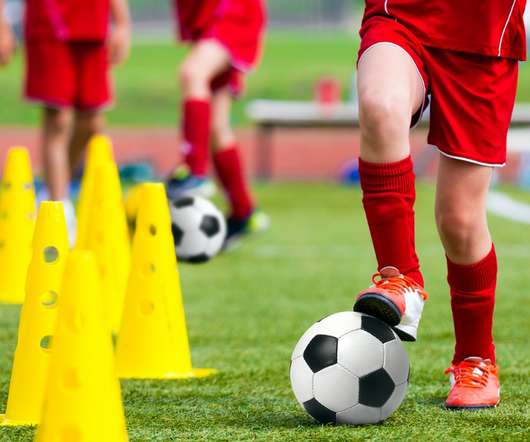






Let's personalize your content